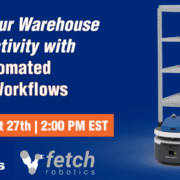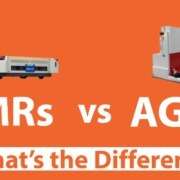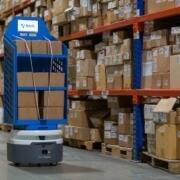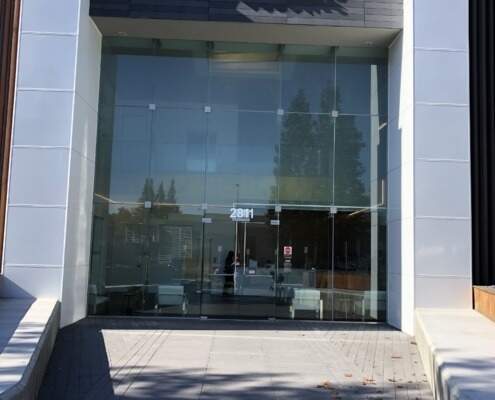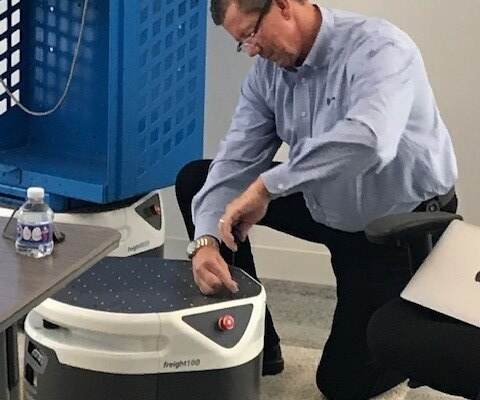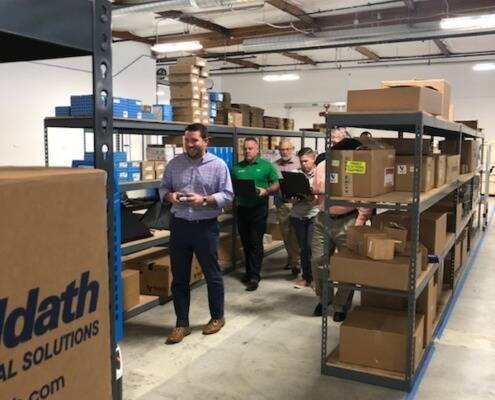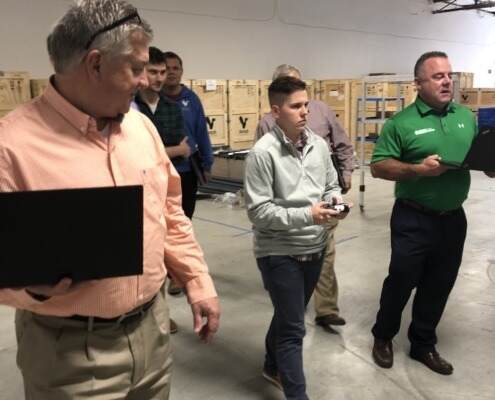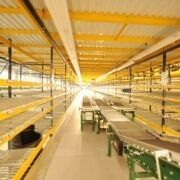There are many options available for Storage Solutions to address your broken case picking operational challenges. Therefore, it’s essential to make sure you are matching the right picking approach to what your warehouse needs. The more challenging your needs are, the more likely you are to be able to make a business case with a relatively short-term ROI for more complex solutions.
Our team uses a variety of criteria to decide what equipment, automation, and technology are best to optimize each solution. The volume of picked items is a crucial element of this process, so we’re going to walk through some examples of what we can do to tailor each operation for peak efficiency. We will break this down into four levels of pick activity, including low, medium, and high-volume operations, along with advanced systems for very high volume and complex processes.
Phase 1: Low Volume
In a low volume broken case picking operation, we typically see little or no automation and limited technology solutions. Limited labor requirements make it challenging to show an ROI for complex solutions. You are most likely dealing with bin shelving or hand stack pallet rack for a storage method. These operations often use paper pick lists or RF scanning technology to manage orders. With a low volume of items picked, frequently, the most cost-effective method would involve using a manual pick cart or gravity conveyor to move through the order selection process.
Phase 2: Medium Volume
For a medium-volume picking operation, simple automation and technology solutions are most appropriate. These systems lend themselves to incorporating more dense storage methods, such as carton and pallet flow. Often times, we have found lower-level automation options like powered conveyors and vertical lift machines (VLMs) to be cost-justified. Simple technology solutions like pick-to-light carts or put-to-light walls are other types of equipment that are optimal for a medium volume operation. Also, semi-automated tapers with void fill machines may also be the best option to maximize productivity in the packing area.
Phase 3: High Volume
Next, for a high volume picking operation, automation, and technology solutions will most likely be involved. While the storage methods may be similar to a medium-volume operation, the overall facility solution is typically configured differently. A multi-level pick module or pick zone-based solution will often make the most sense. Warehouse control systems (WCS) are often required to manage automation components. Packing and shipping are also more likely to rely on automation. The packing process could benefit from fully automated packing list insertion and fully automated tapers, weigh in motion scales & print & apply labeling tools.
Phase 4: Advanced
Lastly, advanced volume picking operations benefit the most from automation. This equipment can include various powered conveyors, sortation, semi-automated deep lane storage, ASRS, mobile robotics, or other “goods-to-man” solutions. The picking process will likely incorporate high-level technology solutions, including voice-directed picking. In addition, packing and shipping will also rely heavily on automation. Advanced pick operations can benefit from solutions such as automated unit sortation, weigh-in-motion scales, and automatic print/apply shipping labeling. Similarly, automatic carrier diverts are also substantial automation and technology options for advanced pick operations.
At the end of the day, every level of activity brings a different challenge, so it is crucial to plan for growth. We are here to help you implement the optimal facility to meet your current & future business needs. Our team will be with you throughout the process, making sure that we get you everything you need down to the finest details.
Click here to read more about how we can optimize your broken case picking facility!

